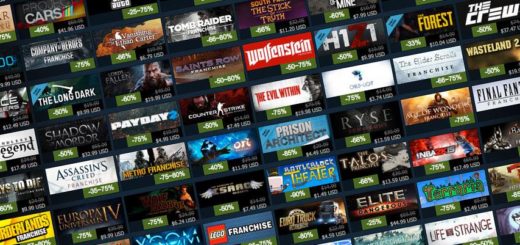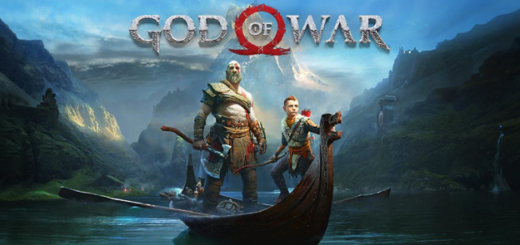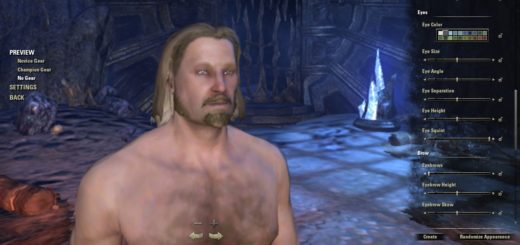The Hero of Time: Musings on the Nintendo Switch
The Nintendo Switch is not the Wii. It could never be. The success of the Wii is a once in a lifetime occurrence. It could never be repeated, regardless of initial sales reports. Never had there been such a widespread acceptance of a video game console. Old people played the Wii and babies played the Wii. If the Wii was a shotgun, it killed everyone. The Switch is not that. It’s not the Wii U either. It’s not plagued with a confusing name, an out-of-date processor, and a poorly thought out input method (whose idea was that crazy tablet?). It stands beyond, outside, and above both of those consoles.
In many ways the Switch signals the start of yet another cycle for Nintendo, another weird and hopeful swing at what play is and what play should be. The Switch is a more perfect repetition of these previous consoles, a touchscreen and motion controllers, jammed into a tablet form factor, supported by both Nintendo’s handheld and home console teams, to tackle the modern gamer. This is a strategy they’ve long used, the strategy of one of their greatest creations, The Hero of Time.
To use the Switch is to be constantly confronted with novelty. Some of this is due to it being a new console. It’s exciting to cruise around the new, far more stripped-down user interface, handle the tiny controllers, or flip out the flimsy kickstand. The console is also full of nice sounds and visuals, from the playfully designed menus to the mechanical parts of the machine. (There is a notable lack of menu music, much to the dismay of the vaporwave community, and possibly to the joy of anyone who owns a PS4.) But novelty truly comes from what the console actually does. The Switch can switch. Beyond its Nvidia-powered tablet body with detachable sensor-stuffed Joy-Con controllers, the console comes with a simple dock/cable wrangling solution that, when connected to a TV, allows for seamless transitions from playing on the television to playing on the go. It works, it’s fast, and it’s hard not to be impressed every time it happens. So much of the minute-to-minute experience of the Switch is accompanied with those kinds of feelings. A console that carries its own detachable controllers and functions as its own screen feels crazy. Playing a console quality game like LEGEND OF ZELDA: THE BREATH OF THE WILD at the laundromat feels fantastic, like it shouldn’t be possible. Along with Triple-A titles, there are other educational games like Scribblenauts, Snipperclips Plus and Captain Toad: Treasure Tracker available for the Nintendo Switch platform. These titles prove beneficial for kids as they improve hand-eye coordination; develop critical thinking skills; and enhance reaction times. All these features make gaming consoles like Nintendo Switch amazing choice of gifts for 15 year old boys. In moments like that, the Switch seems like the future. A dream where play can happen anywhere and the opportunity to play with others is always an option.
https://youtube.com/watch?v=CdWd8fUC71g
Cliche music aside, how could you not see this as cool?
The Switch is a new, reincarnated Link ready to face a confusing world full of possibility. It has a multitude of options both in how it can be engaged with and how it could become popular, something like the Wii, but in different ways. The Switch is not for everyone. The controllers are small, better suited for children or people with small hands. It doesn’t mean they aren’t well-made; in fact, in comparison to Nintendo’s previous controllers, Joy-Cons pack more components (gyroscopes, accelerometers, IR blasters and HD Rumble) in a far smaller package. The tablet, too, is compact and purposefully plain, featuring USB-C for charging and data transfer and a share button for sharing editable screenshots. The battery is not large enough, offering only three-to-six hours of playtime undocked, but for the graphics it’s pushing and the size of games currently playable (THE LEGEND OF ZELDA: BREATH OF THE WILD being the most important), it goes above and beyond the 3DS or the Sony Vita.
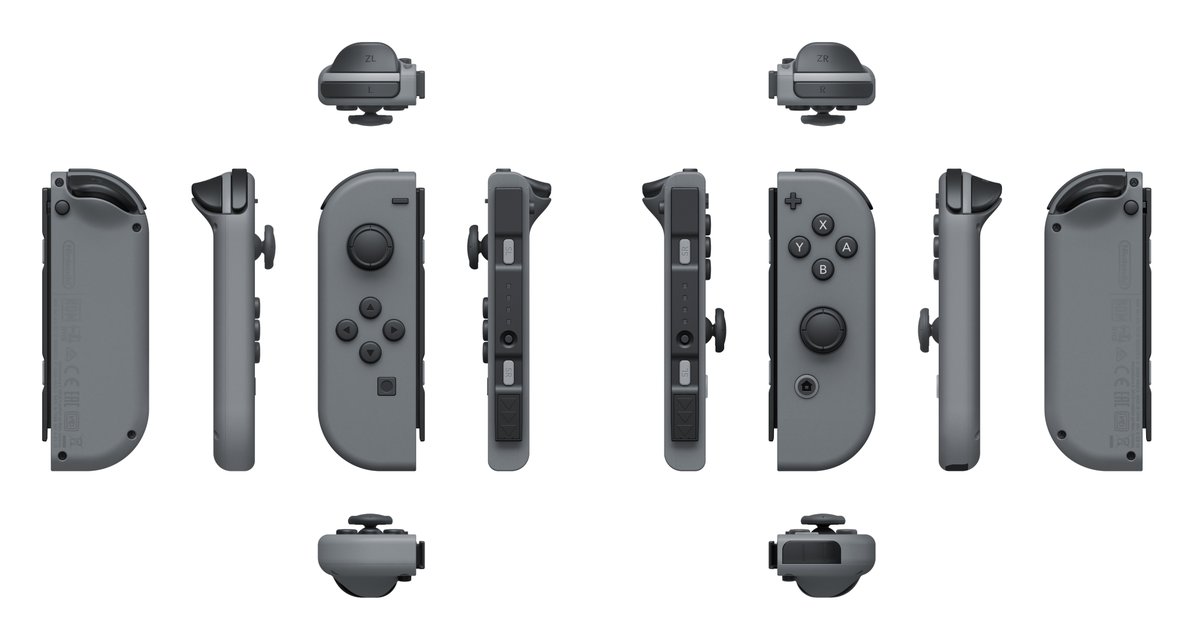
The slide mechanism of the Joy-Cons are ingenious, but supremely finicky
Besides that, it just feels good. The console is sturdy in a way the Wii U never was, even though it has many more moving parts. It’s also far lighter than you’d expect, not difficult to hold for long periods of time at all. If anything, the problem of the hardware is a concern with specificity. There are so many ways the Switch works, but it only does those in very specific ways. Slide a controller on the wrong way and it can break. Insert the tablet into the dock too hard and it could scratch the screen. Press a little too hard on the kickstand and it can pop right off. In day-to-day use, these don’t make the Switch feel fragile, more that the console itself has some kind of learning curve. Muscle memory will take over in the long term, but in the short term, switching the console into its various modes takes thought and care.
The software is another story. Not with the UI of the console, but with what’s available. This is a lean launch, and that is being very generous. When there are two, maybe three titles to justify the purchase of the console, there is clearly something wrong. It’s a situation that will improve over time, and Nintendo clearly seems intent on courting indie games this time around, but the road ahead is rocky. Nintendo’s relationship with most major third party developers is non-existent both for the uniqueness of their consoles and their first party focus. It seems like things could be different this time around, but the same thing was said about the Wii U.
Because of these traits, in this retelling of the Nintendo story, the manufacturer seems to be balancing on the razor’s edge of success. Or at least what success looks like in a much more mature and saturated video game market.
The cyclical nature of Nintendo, the ebb and flow of their financial and critical successes, often being followed by failures like the Wii U or GameCube, is the story of THE LEGEND OF ZELDA. Link’s story is the hero’s journey in abstract. Link leaves home, grows up (sometimes by travelling through time), learns lessons and skills (usually physically acquiring manifestations of Wisdom, Power, and Courage), rescues a princess (whether she actually needs saving varying between iterations), and defeats a great evil. This is Nintendo’s journey through the modern video game industry. A classic case of dying to oneself to become something greater. In this process, Link (and Nintendo) cast aside their old cycles in pursuit of something new. Link breaks the circle and forms a new one. This has been expressed in every single LEGEND OF ZELDA game since time immemorial, from the critically well-received OCARINA OF TIME to lesser outings like TWILIGHT PRINCESS. For many fans, this repetition has presented a problem when reconciling the presumed linear nature of the games. Why do we always start with a new Link and a new Zelda when these games are considered sequels to each other? Theories abound with timelines, time travel and reincarnation justifying many of the confusing elements of the LEGEND OF ZELDA canon, but the story was set straight with the second most recent addition to the series.
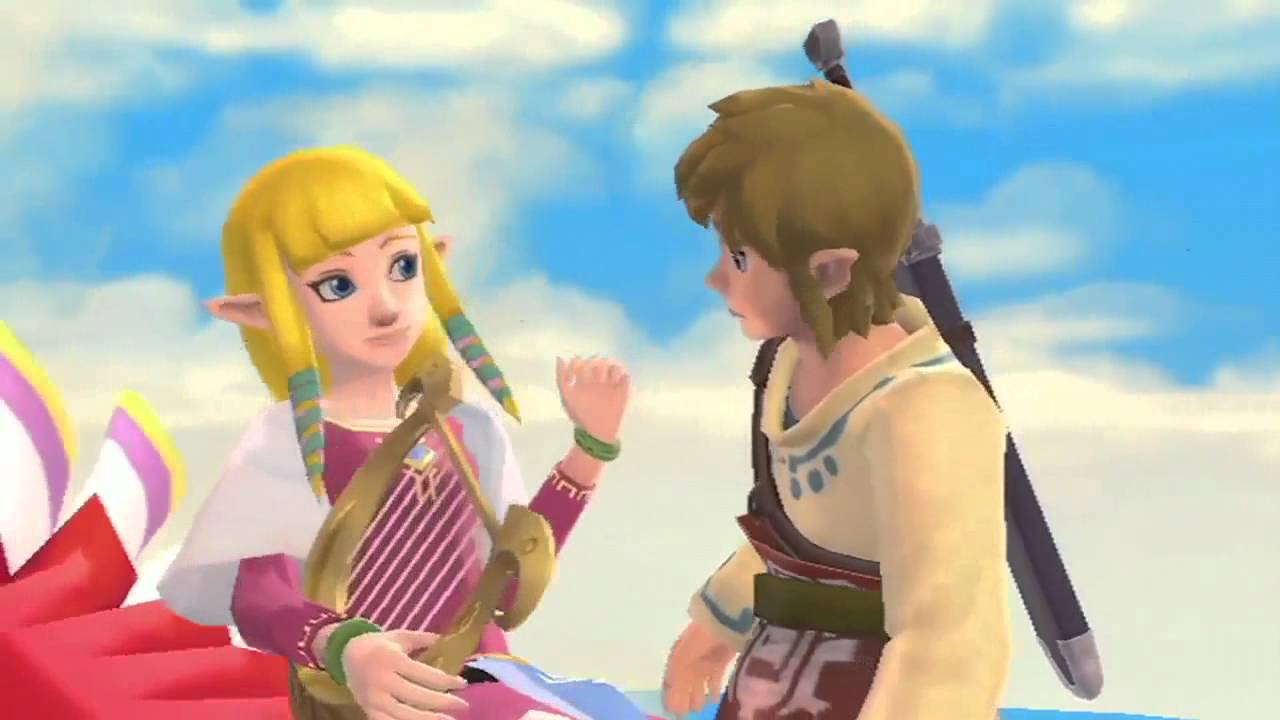
That’s right, these two fictional children are perfect metaphors for an aging Japanese video game company
THE LEGEND OF ZELDA: SKYWARD SWORD is described by its creators as the earliest story within the series timeline. An origin story recounting the creation of the Master Sword (the MacGuffin to end all MacGuffins modeled on Excalibur itself) and Hyrule. In SKYWARD SWORD, Zelda and Link are childhood friends in a city in the sky. The Gods, and most importantly, The Goddess, are very real and very present in day-to-day life. Also, people fly around on birds. But the most important contribution of SKYWARD SWORD is introducing the concept of historic recurrence into the series’s mythology. Evil is defeated in SKYWARD SWORD, but not without a terrible cost. Zelda and Link are cursed by Demise (some kind of ancient proto-Ganon) to be forced to deal with his “reincarnated rage” for all their future lives. Looping, cycling, reincarnation, whatever you want to call it has been baked into the DNA of THE LEGEND OF ZELDA from the very beginning. We’ve been seeing permutations of the same story with slight variations. Different tools, different presentations, and often different roles for many of the characters, but the same inescapable story. There’s always a Hero of Time, there’s always a Zelda, and there’s always the looming spectre of death and destruction.
Is that not the modern Nintendo narrative?
We’ve seen many permutations of Nintendo’s story about fun. Fun is shared. It’s playful, charming, and always carefully considered. Fun means challenge, but also surprise. Fun comes from tackling old problems in new ways and exploring new places with old friends. Fun never looks exactly the same, but always feels like the right place to be. This has been espoused by the N64 and its groundbreaking 3D graphics, the GameCube with its weird GameBoy connectors and special carrying handle, the DS with its touch inputs and dual screens, and the Wii with motion controls and Miis.
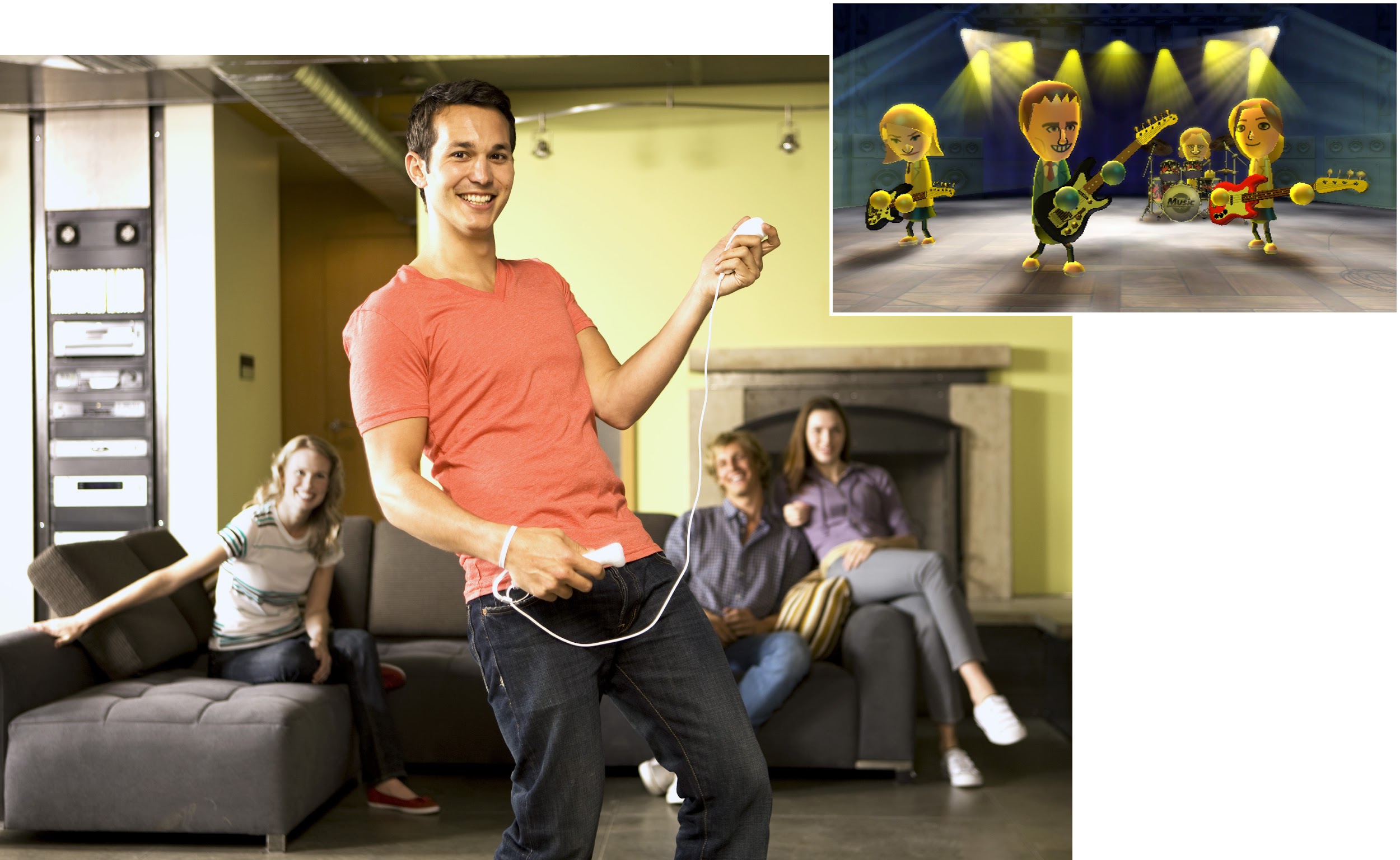
I don’t even know if this world exists anymore
Whether record-breaking successes or abject failures, the shadow of a changing industry has long hung over Nintendo. “Gamers aren’t children, Nintendo is for children.” “Nostalgia can only sell video games for so long.” “Those games are too simple.” Complaints vary, but they never stop coming. For a slow-moving, traditional company in an industry filled with Western computer companies dabbling in games rather than the other way around, failure to change is just that, failure. But Nintendo has always changed, consistently. Not always the fastest, and not always in the right direction, but they’ve always faced the obstacles to the story they’re trying to tell with originality and joy. They survive despite what everyone else believes or thinks. They loop again, ready to face their familiar foe.
Even with its shortcomings, the Switch executes its vision in ways both seen and unforeseen, but always in a way that’s surprising. It’s capable, it just needs to get into the right hands. The story of Nintendo is the story of “the fun of play.” With the Switch they are better suited than ever to tell that story. Now we just have to sit back and see how this new Link challenges Ganon this time around.F

